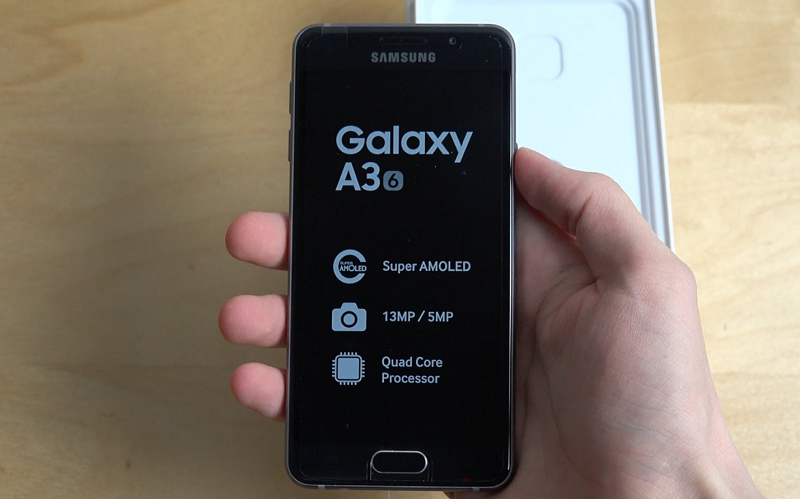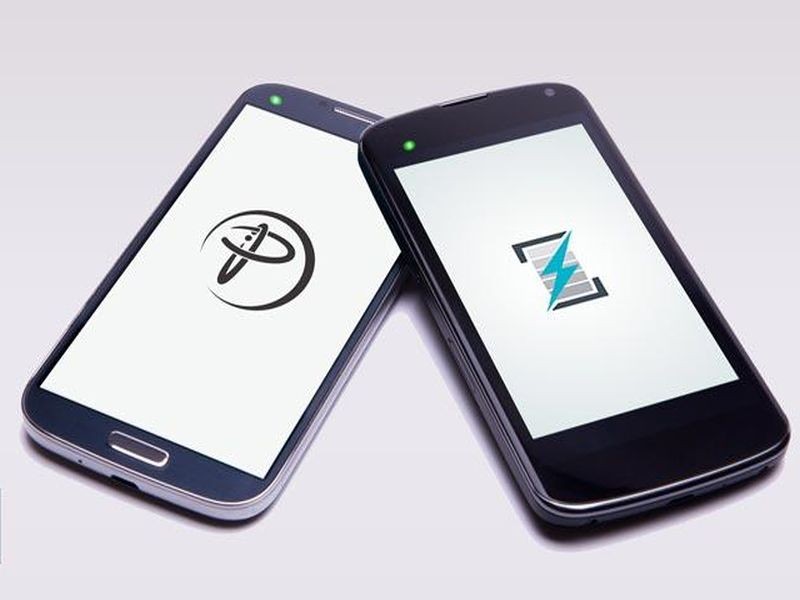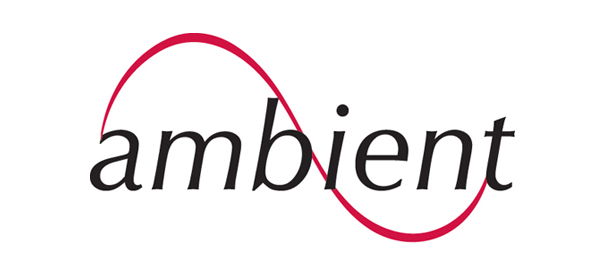Search result

On Friday, OnePlus released a teaser in a tweet for its upcoming OnePlus 7 Pro phone. The company dunked its smartphone in awater bucket despite the fact that the phone doesn't have an official water-resistance IP rating. And it is trying to show that even without the un-necessary rating phone has water resistance.
The company has taken a stance on IP ratings for resistance to water and dust. It suggests that getting the IP rating isn't cheap. To obtain official water and dust resistance the companies have to spend money and the smartphone manufacturers are transferring that cost down to its customers.
OnePlus seems confident enough that the OnePlus 7 Pro will have enough resistance against water that it can easily withstand a good water-bucket dunk. Still, the company doesn't suggest you to intentionally expose its upcoming smartphone to water. The fine print in the video says "Water resistant under optimal test conditions.
OnePlus makes no guarantees regarding water/liquid resistance." This means that if you are exposing your OnePlus 7 to water, you are responsible for any damage and the company isn't entitled to pay any money for the repair or bound to replace the phone if it does more harm to the phone.
This kind of written warning isn't a new thing. You may find the same printed text on phones that have a high official IP rating. Apple's support page has a disclaimer about any water damage which says, "if liquid damages an iPhone or iPod (for example, coffee or a soft drink), the service for the liquid damage isn't covered by the Apple One-Year Limited Warranty."
You have to buy AppleCare Plus for $6 per month and pay another $100 for the repair, which is what you have to pay even if the iPhone doesn't have an official IP rating. To be fair, the official IP rating is just for peace of mind. In the case of OnePlus Pro 7 you have to take its word for it.

Realme was founded as a sub-brand of OPPO and after Oppo launched its super-fast charging technology, having the same technology for Realme makes sense. Just a day after OPPO announced it is super-fast wired charging technology and 65W AirVOOC wireless charging technology, Realme came up with is own 125W fast charging technology, called Realme 125W Ultra Dart fast charging. This didn't come up as a surprise as the company has already hinted about it a few weeks ago.
According to the company's claim, the technology is brand new and can charge a 4,000mAh battery up to 33 percent with wired charger in just 3 minutes. It is said that the company is using a three-way charging solution to increase speed. The three-way charge simultaneously pumps step-down voltage to maximize the charging power and also reduce the heat dissipation along the way. This three-way solution and the entire charging process has been optimizing to be used in smartphones, as these mobile phones are small devices and have their cooling requirements. This technology can result in an ultra-high conversion rate of 98 percent.
The new charging technology has a flip-chip structure that shortens the current path between the Type-C port and reduces the heat source. It also adopts an ultra-thin soaking plate to conduct the high-temperature efficiently. This helps to absorb and reduce the heat energy being produced during the charging process. As per the company, they have combined the thermal conductive gel and multi-layer graphite sheet, which lowers the temperate and keeps it under 40-degree Celsius.
To support this Realme 125W ultra dart fast charging technology, a dual Type-C charging cable is used. Also, this technology isn't limited to smartphones alone and can be used with other devices with high-power requirements such as notebooks. The technology is pretty much backward-compatible with Dart, Warp, VOOC, and SuperVOOC 2.0 charging technologies.

Almost every week, we heard about new technology coming to the mobile phone industry but mobile chargers are usually the least-focused area of these manufacturers. While we are still a long way off batteries that can survive more than a day without a need to re-charge, we do have the next best thing - super fast charging. Now Vivo has announced super flash charge 120W charging technology that can fully charge a 4,000mAh battery cell in just 13 minutes. Yesterday, Vivo uploaded a video on the Weibo page that demonstrates super flash charge in action without providing much detail of the full charge cycle. In the video, the charging went from 10 to 14 percent battery in just 16 seconds.
So far we have seen Xiaomi 100w charging technology in March but it hasn't reached to the consumer market even after three months. OnePlus 7 Pro's warp has a fast charging speed but Vivo's super flash charge is really insane. But it does rise a question about its impact on the battery life in the long run. Vivo may unveil its super flash charging technology at MWC Shanghai next week with its first 5G enabled smartphone. The competitors may make claim about its negative effect on the battery but that's what we have to see.
The other concern about the heating problem. With xiamoi's charger we have seen this problem. How Vivo manage the over-heating issue, and will this kind of charger can sustain for a long period of time? So far, the fastest charger available is with Oppo Find X Lamborghini edition which fully charge a 3,400mAh battery in 35 minutes.

A rare and somewhat weird problem has begun to surface with the Galaxy A3 (2016), post the Android 7.0 Nougat update. Apparently, a large number of Galaxy A3 (2016) users are finding it impossible to get their device to take charge once the battery reaches 87% or so. Although the cause for this issue remains unknown, one thing which can be said for sure is the fact that this issue appeared only after Samsung updated the device to Android 7.0 Nougat.
The usual tricks as instructed by the Samsung care executives did not work either. Apparently, clearing the cache or even factory data resets are ineffective for some reason and that's a worrying fact if you own the handset. You can try charging the handset in Safe Mode, but that did not work either, as reported by many users. We are hopeful that Samsung will address the issue soon by releasing an OTA patch, but it remains to be seen when that happens. Stay tuned to YouMobile for more information on the subject.
Source: SamMobile
Saikat Kar (tech-enthusiast)

Wireless charging is a ground breaking technology that lets you charge your devices without mingling with cables or faulty USB ports. Simply put your phone on a wireless charging surface and all will be taken care of. That comes with a negative element - while charging you can not use your phone.
Si-Ware Systems and Ossia have come up with a new system called Cota which can be used to charge compatible phones within a 30 foot radius. While devices can consume a maximum of 6 watts for charging, this system is capable of transferring 10 watts power. This is nowhere near the Quick Charge 2.0, but it does a pretty decent job considering all the factors. Thanks to the radio frequency technology - the device charging won't be affected negatively in case of minor obstructions.
This technology doesn't only apply to smartphone and wearable devices. Things like wireless keyboards can also be charged via this system without plugging in anything. The device will be charged till the time you are near the charger.
Although the effect of constantly charging the devices for 12 hours in day is yet to be found out, we all can agree that this is indeed a great step forward.

Battery life is usually number one on the list of concerns that users have when choosing a new mobile device. Battery technology has been slow to keep up with the devices that are with us all day long, and so manufacturers have had to take other routes larger devices for larger batteries, or faster charging. But, a new breakthrough with sound waves could let you leave your charger behind for good.
Researchers with Queen Mary University of London have teamed up with Nokia to build the first prototype smartphone that can be charged using only sound waves. QMUL's Dr. Joe Briscoe and Dr. Steve Dunn first came upon the idea last year when they noticed that playing music improved the performance of solar cells. From there, the team developed a nanogenerator capable of collecting energy from ambient sound. The key to the nanogenerator was zinc oxide, which can create voltage when it expands and contracts. Zinc oxide was formed into nanorods which could generate five volts of electricity, enough to charge a phone.

The team has already been able to cut costs of production for the nanogenerators, but the technology still needs time to mature and be built to scale. Ultimately though, it could mean that mobile devices of the future will be charged with the everyday sounds around you, like traffic, music, or even just talking. As the technology matures, it could extend battery life, or mean that you'll never have to plug in your phone again.

As of now, all three of the Galaxy S10 smartphones come with a 15W fast charger inside the box, and while that is pretty fast, it isn't the fastest. Quan Guixian (President of Samsung Mobiles in China) has reportedly confirmed the fact that all currently available phones in the Galaxy S10 family are soon going to support fast charging via a 25W charger. The update will be sent to the devices via OTA, but you will still have to pay for the 25W charger though!
The Galaxy S10 5G, which will be released on April 5, already has 25W charging support, alongside the Galaxy A70, which was just launched a few days ago, but has not been released in the market yet. Let us know if you are happy with the 15W charger you already have, or are you willing to shell out some extra cash for the new 25W charger.
Via: Gadgets 360
Saikat Kar
© 2023 YouMobile Inc. All rights reserved





